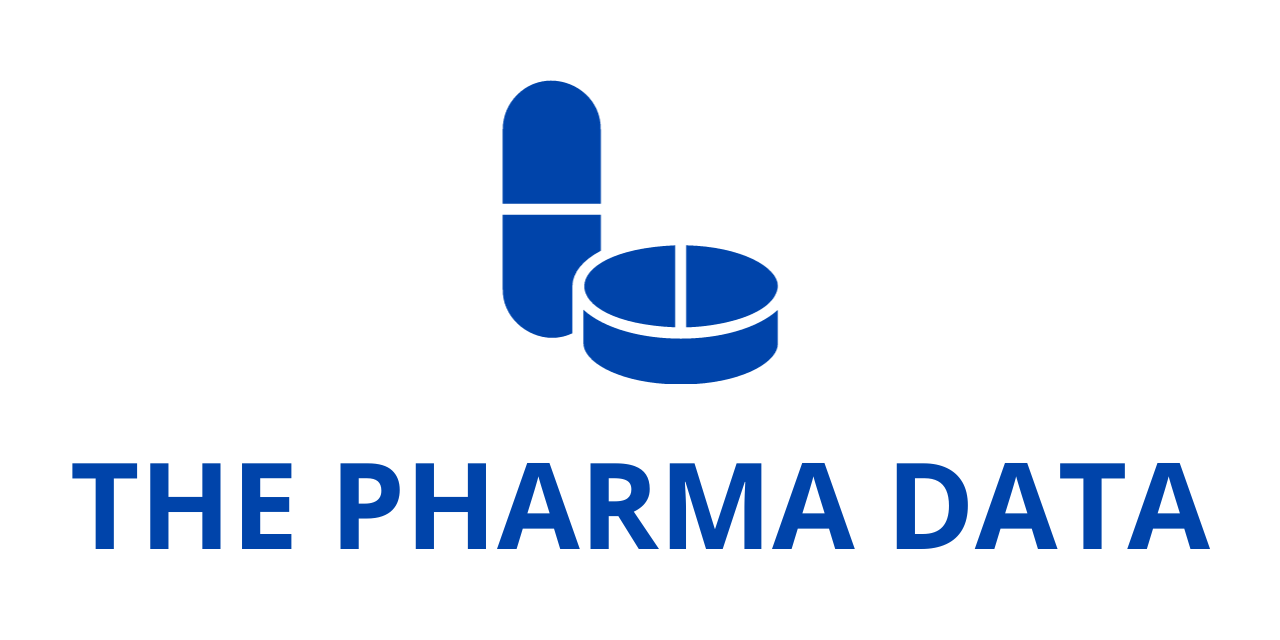
Sentynl Unveils First Full Clinical Data Supporting NULIBRY® for MoCD Type A
Sentynl Therapeutics, Inc. (“Sentynl”), a U.S.-based biopharmaceutical company and a wholly owned subsidiary of Zydus Lifesciences Ltd. (“Zydus Group”), has proudly announced the publication of pivotal clinical studies evaluating the efficacy and safety of its groundbreaking therapy, NULIBRY® (fosdenopterin), for the treatment of molybdenum cofactor deficiency Type A (MoCD Type A). The studies, published in the Journal of Inherited Metabolic Disease (JIMD), offer the first robust, peer-reviewed, comparative analysis of fosdenopterin’s impact on this devastating ultra-rare genetic disorder. These findings not only highlight the clinical effectiveness of the therapy but also shed light on the natural history and progression of the condition in the absence of treatment.
A Landmark in MoCD Type A Research
Fosdenopterin, marketed as NULIBRY, represents the first and only approved therapy for patients diagnosed with MoCD Type A, a severe and life-threatening inherited metabolic disorder. The therapy received its first regulatory approval from the United States Food and Drug Administration (FDA) in February 2021, followed by subsequent authorizations from the Israeli Ministry of Health (MoH) in July 2022, the European Medicines Agency (EMA) in September 2022, and most recently the United Kingdom’s Medicines and Healthcare products Regulatory Agency (MHRA) in April 2024. These regulatory milestones affirm the global recognition of NULIBRY’s clinical relevance in treating this ultra-rare pediatric disease.
The newly published clinical data encompass three separate studies comparing the therapeutic outcomes of NULIBRY-treated patients with those derived from a natural history cohort. These studies represent the most extensive body of clinical evidence available for this condition to date and set a new benchmark in the understanding of both the disease’s progression and the impact of treatment.
Demonstrated Clinical Benefit: Prolonged Survival and Improved Neurological Outcomes
One of the most significant findings from the publication is the marked difference in survival rates between fosdenopterin-treated patients and those in the untreated natural history cohort. Statistical analysis revealed a substantial reduction in the risk of mortality among treated individuals. Specifically, the risk of death was found to be over five times higher in untreated patients compared to those receiving fosdenopterin therapy (Cox proportional hazards ratio of 5.1; 95% confidence interval [CI] 1.32–19.36; p = 0.01).
Beyond survival, the studies also demonstrated important improvements in developmental outcomes, including both cognitive and motor function. Children treated with NULIBRY showed significant gains in neurological development compared to untreated patients, with earlier initiation of treatment associated with better achievement of developmental milestones. This underscores the importance of timely diagnosis and intervention in altering the course of the disease and improving quality of life.
Favorable Safety Profile with Manageable Adverse Events

The safety data from the clinical studies further reinforce the therapy’s viability. Patients treated with fosdenopterin experienced primarily mild to moderate treatment-emergent adverse events (TEAEs). The most frequently observed issues were catheter-related complications and infections, which are common in patients requiring long-term intravenous therapies. Importantly, there were no treatment discontinuations or dose modifications resulting from adverse events, reflecting a tolerable and manageable safety profile in this vulnerable patient population.
Understanding MoCD Type A: A Race Against Time
MoCD Type A is an ultra-rare autosomal recessive genetic disorder caused by pathogenic variants in the MOCS1 gene. The condition typically manifests in neonates, often within the first days or weeks of life. Its clinical presentation includes intractable seizures, encephalopathy, feeding difficulties, and exaggerated startle responses, all indicative of severe neurological dysfunction. Without effective treatment, the disease leads to rapid and irreversible neurodegeneration driven by the accumulation of toxic sulfites in the brain. Most affected infants face early mortality, with only a few surviving beyond the first year of life.
Fosdenopterin is a synthetic formulation of cyclic pyranopterin monophosphate (cPMP), a key intermediate in the biosynthesis of the molybdenum cofactor. This cofactor is essential for the activity of sulfite oxidase, an enzyme responsible for breaking down sulfites in the body. In MoCD Type A, sulfite oxidase activity is severely impaired due to the absence of functional cofactor, resulting in the buildup of neurotoxic sulfite. Fosdenopterin therapy restores the biosynthesis of this cofactor, thereby reducing sulfite levels and mitigating neurotoxicity.
With the publication of these pivotal clinical studies, NULIBRY now stands on a stronger foundation of scientific evidence. The data not only validate its therapeutic benefit but also offer invaluable insights into the natural history of MoCD Type A, which has long remained poorly understood due to its rarity. Going forward, the focus will likely turn to improving early detection, expanding access to treatment globally, and continuing long-term follow-up studies to further refine best practices in clinical care.
The approval and successful clinical validation of fosdenopterin exemplify how persistence, innovation, and collaboration can overcome the challenges inherent in developing treatments for ultra-rare diseases. For patients and families affected by MoCD Type A, NULIBRY represents hope—and now, with published data, that hope is backed by science.





